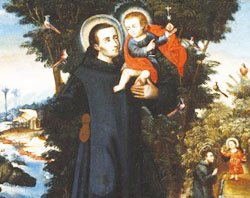
Saint John of God (1495-1550)
Image Courtesy: CNA
(EWTN) Few people in this world who have made any name for themselves in any sphere, began life under such adverse conditions.
John was born in Portugal Montemayor-el-Novo to middle class parents, tragically at the age of 8 he was abducted according to and later was abandoned to homelessness in a remote part of Spain Oropesa, there he had no one and had no place to live and subsequently worked as a shepherd boy on the neighboring countryside until the age of twenty two before he realized a change in circumstances.
It was during an age of wars and conquests and even the country villagers , when the day’s work was over, could talk of little else but the new countries being discovered, the great battles being fought and the wonderful deeds being done by the heroes of the day.
For John, this was the life he wanted for himself and for the next 18 yrs, he lived and fought with the Emperor’s armyfirst against the French, then the Turks, according to Catholic News Agency all the while during this time, his morals began to decline for a greedy, brutal way of life.
John’s conscience was from time-to-time troubled, particularly by the memories of his early youth before he was taken away from his parents and despite falling into a lifestyle of violence and plundering, he had a certain weakness for those who were poor or in extreme distress and would give to them charity–it wasn’t until the age of 42 before John’s life and sinfulness began to take its toll.
Subsequently John returned to Spain and picked up nearly right where he had left off some 20 yrs earlier, working again as a Shepherd.
This time however John was committed to living out the faith in God that he regained from his youth. John traveled to North Africa seeking to help Christians there who had been enslaved by Muslims.
Eventually however he returned to Spain and settled for a time selling Christian books and other things, always encouraging his customers to live their faith sincerely to God–Saint John of God reputation as the ‘Patron Saint of Booksellers’ derives from this period.
In time, John felt compelled to give himself entirely to the service of the poor, sick and vulnerable that he opened his home to them–allowing it to become a combined hospital, homeless-shelter and half-way house run entirely by John himself. When not bandaging up the wounded or breaking up fights, John would go out seeking charity.
The Bishop of Granada approved of John’s work and gave him the name, ‘John of God’ subsequently a group of volunteers came to accompany him in his work, many who had earlier come to him when they were in need themselves.
Others resented John’s work and assaulted his reputation by reminding others of his past sins but John, unfazed in his humility would acknowledge the truth in what was being said as a testament to God’s grace in his life.
John continued serving the poor and the sick for the next 15 years before meeting his death through an act of charity–he jumped into a freezing river to save a drowning man, he subsequently returned home shivering (likely suffering from hypothermia) and laid down in one of his hospital beds–John’s health steadily declined. The Bishop of Granada was called and he came to deliver last rites.
As the Bishop prepared him for death, ‘John of God’ expressed a number of anxieties:
- “The first is that I have received so many graces from God and have not recognized them and have repaid them with so little of my own.”
- “The second is, after I am dead, I fear lest the poor woman I have rescued and the poor sinners I have reclaimed, may be treated badly.”
- “The third is those who have trusted me with money and who have not been fully repaid, nay suffer loss on my account.”
The Bishop however assured John that he had nothing to fear–John then asked to be alone and summoned his last strength to rise from his bed to knell before a crucifix.
John of God, passed away while in prayer with his face pressed against the figure of Jesus Christ–John of God was Canonized on the 16 October 1690 in Rome by Pope Alexander VIII
More here from Franciscan Media
Related: For Today’s Most Holy Scripture Readings for the Memorial of St. John of God, Visit: -USCCB
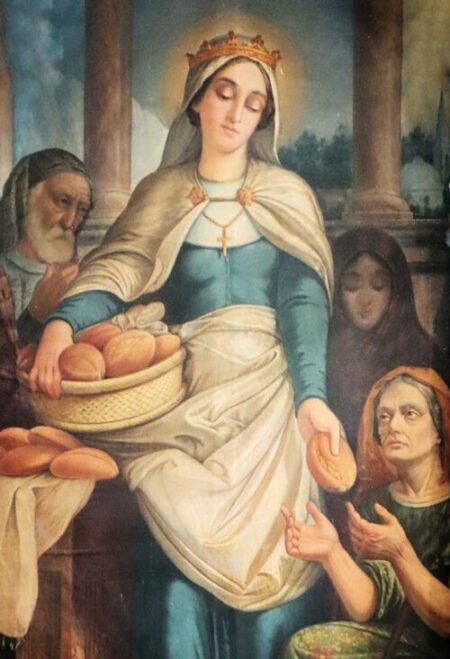
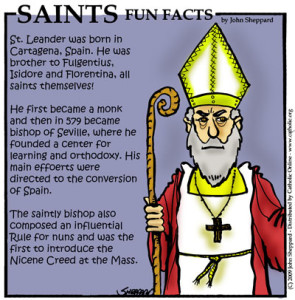
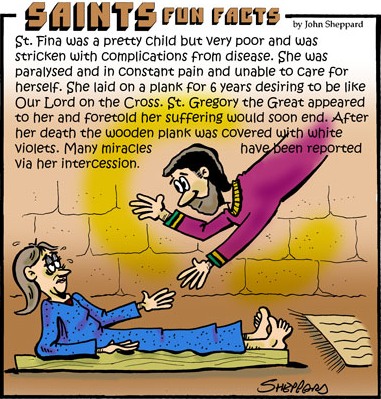
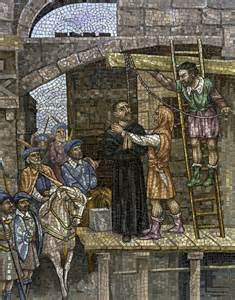
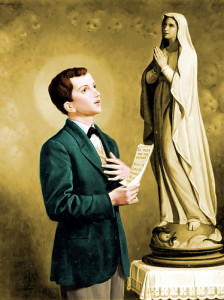
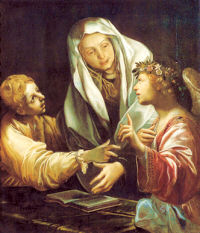

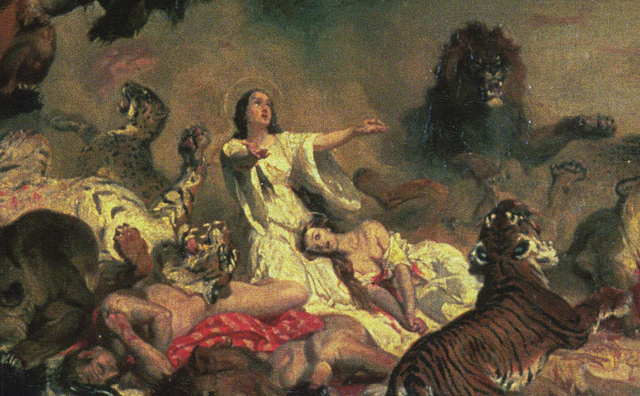 Martyrdom of Saints Perpetua & Felicity
Martyrdom of Saints Perpetua & Felicity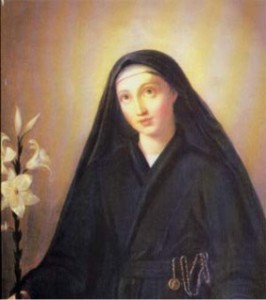
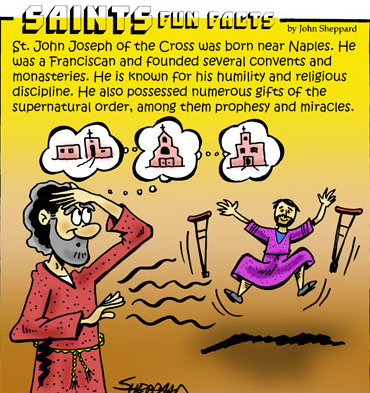 St. John Joseph of the Cross (1654-1734)
St. John Joseph of the Cross (1654-1734)